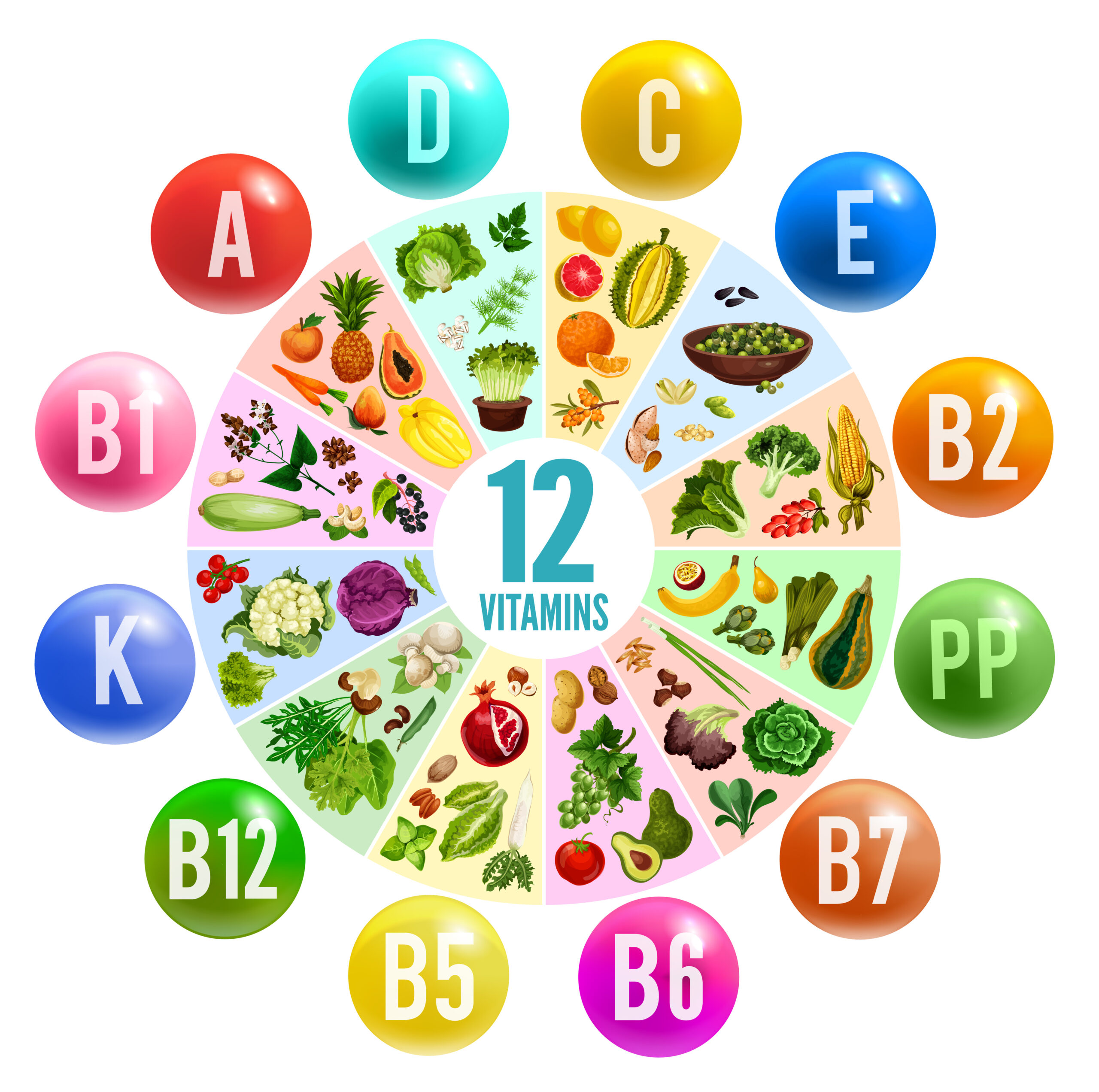Memory Constellations: Mapping Shared Experiences in a Visual Display
Memory Constellations: Mapping Shared Experiences in a Visual Display
Imagine a way to visually represent the complex web of memories and experiences that connect us. This concept is known as Memory Constellations, a creative approach to understanding how shared experiences shape our lives. It involves mapping out memories in a visual format, similar to how constellations are mapped in the night sky, but instead of stars, we use memories and emotions.
### Understanding Memory Constellations
Memory Constellations are inspired by the idea that our memories are interconnected, much like the stars in a constellation. Each memory serves as a point of reference, and when connected, they form a larger picture that reveals patterns and relationships between different experiences. This visual representation can help us see how individual memories contribute to our overall understanding of ourselves and our place within a community.
### Creating a Memory Constellation
To create a Memory Constellation, you start by identifying key memories or events that are significant to you or a group. These could be personal achievements, historical events, or shared cultural experiences. Each memory is represented by a point or a node on a map or canvas. Lines are then drawn between these points to show how they are connected—whether through time, emotion, or impact.
For example, if you’re mapping the memories of a family, you might connect a child’s first day of school to a parent’s first day of work, highlighting the emotional support and shared excitement between these events. This visual display helps to illustrate how individual experiences are intertwined, creating a rich tapestry of shared history.
### Benefits of Memory Constellations
Memory Constellations offer several benefits. They can help individuals and groups reflect on their past, understand the present, and plan for the future. By visually mapping memories, people can identify recurring themes or patterns that might not be immediately apparent. This can lead to a deeper understanding of personal growth, community dynamics, and historical context.
Moreover, Memory Constellations can be a powerful tool for healing and reconciliation. By acknowledging and connecting painful memories, individuals can begin to process and heal from past traumas. This approach also fosters empathy and understanding among group members, as they see how their experiences are part of a larger narrative.
### Conclusion
Memory Constellations provide a unique and engaging way to explore and understand the complex web of memories that shape our lives. By visually mapping these experiences, we can uncover hidden connections, foster empathy, and gain a deeper appreciation for the shared human experience. Whether used personally or in a group setting, Memory Constellations offer a creative and meaningful way to reflect on our past and navigate our future.





